Sullivan Expedition Strikes Deep into the Heart of the Iroquois Nation
The Patriots living in the Mohawk Valley and northeastern Pennsylvania had been devastated by Loyalists and their Indian allies in 1778. So much so that many fled this fertile area which had been the breadbasket for the Continental Army. Reestablishing control over this area would be a priority for Congress and General George Washington in 1779.
In the Spring of that year, Washington, assisted by General Phillip Schuyler, commander of the Northern Theater, developed a plan to strike deep into the heart of the Iroquois nation and take the war to the Native’s homeland. Washington recognized that he must destroy the bases which the raiders used to launch their raids, or the depredations would never cease. Moreover, until settlers felt secure, they would not return to farm the area and the Continental Army would lose critically needed foodstuffs.
Washington’s planning and preparation was meticulous. In a sign of the importance placed on the mission, Washington assigned to it some of the cream regiments of the Continental Army and his most trusted generals, men such as John Sullivan, James Clinton, and Edward Hand.
The plan called for Sullivan, the overall commander, to lead a force of about 2,400 men up the Susquehanna River from the Wyoming Valley to Tioga (today’s Athens, PA) and there erect Fort Sullivan. Meanwhile, Clinton would move a force of 1,200 soldiers from Otsego Lake, the headwaters of the Susquehanna, downriver to a rendezvous with Sullivan.
Both detachments were expected to destroy any Indian settlements they encountered. Once united at Fort Sullivan, the combined army would move methodically through the Iroquois nation, destroying Indian towns as they went and, hopefully, inflicting significant casualties on the warriors.
Washington stated in his orders to Sullivan dated May 31, 1779, “The immediate objects are the total destruction and devastation of their (Iroquois) settlements…Our future security will be in their inability to injure us.” Washington also hoped to capture significant numbers of Indians to be used in prisoner exchanges. Despite the harshness of his directive, Washington knew that he had no choice but to wage a brutal war on the Natives.
The harsh reality was that the two cultures, Indian and European, were simply too incompatible to coexist, and something had to give. Much like the Iroquois had annihilated the Huron, Mohican, and Susquehannock tribes to expand their empire, now a more powerful culture was pushing out the Iroquois.
“Map of Gen. Sullivan's march from Easton to the Senaca & Cayuga countries.” Library of Congress.
On August 26, 1779, the combined army set out from Fort Sullivan and headed on a mostly north-northwest track. Due to poor roads, in many places they were non-existent, the army on some days advanced as little as four miles. Three days out, as the Continentals approached the Indian village of Newtown (present day Elmira), they were attacked by 180 Loyalists and 800 Mohawks and Senecas led by Joseph Brant, furious that the Americans dared to invade their homeland.
The veteran Continentals under Sullivan’s leadership repulsed the assault, and their bayonets drove the Indians from the field. The soldiers entered Newtown and were astonished by the neatness of the town and the health of the corn crop in the fields, noting some of the stalks were sixteen feet high. To the amazement of the Americans, Newtown seemed more productive than their own villages.
Although only about 40 Senecas were killed or injured in the fighting, the defeat seemed to crush their spirit. With the morale of the Indians broken, the rest of Sullivan’s advance into the Iroquois heartland was relatively unopposed. Instead of resisting the invaders, the Indians simply retreated just ahead of Sullivan’s army.
Due to the lack of resistance, the Continentals were able to quickly achieve Washington’s goal of destroying Indian towns and their food supply, making the area uninhabitable for the Natives. By September 15, the American regiments had penetrated to the Indian village of Genesee (near today’s Cuylerville, NY). After burning the town and feeling his mission complete, General Sullivan reversed course and marched back to Tioga.
In General Sullivan’s reports to Congress and Washington, he noted “The number of towns destroyed amounts to 40…the quantity of corn destroyed must amount to 160,000 bushels. Except for one town…about 80 miles from Genesee, there is not a single town left in the country of the Five Nations.”
In keeping with General Washington’s instructions, no Indian women and children were assaulted during the expedition. Their time to suffer, like that of the American settlers driven from the Mohawk Valley, would come during a long, cold, hungry winter.
The Sullivan expedition, along with a smaller, concurrent raid by Colonel Daniel Brodhead from Fort Pitt (Pittsburgh) into southwestern New York and the Seneca villages located there, broke the back of the Iroquois nation. It would never again regain its dominance of old.
Unfortunately, the punishment inflicted on the Iroquois by the Sullivan and Brodhead expeditions did not completely stop the Indian and Loyalist raids in the region. They would continue for another two long, painful years, only ending with the Treaty of Paris in 1783.
Next week, we will discuss the aftermath of the Mohawk Valley War. Until then, may your motto be “Ducit Amor Patriae,” love of country leads me.


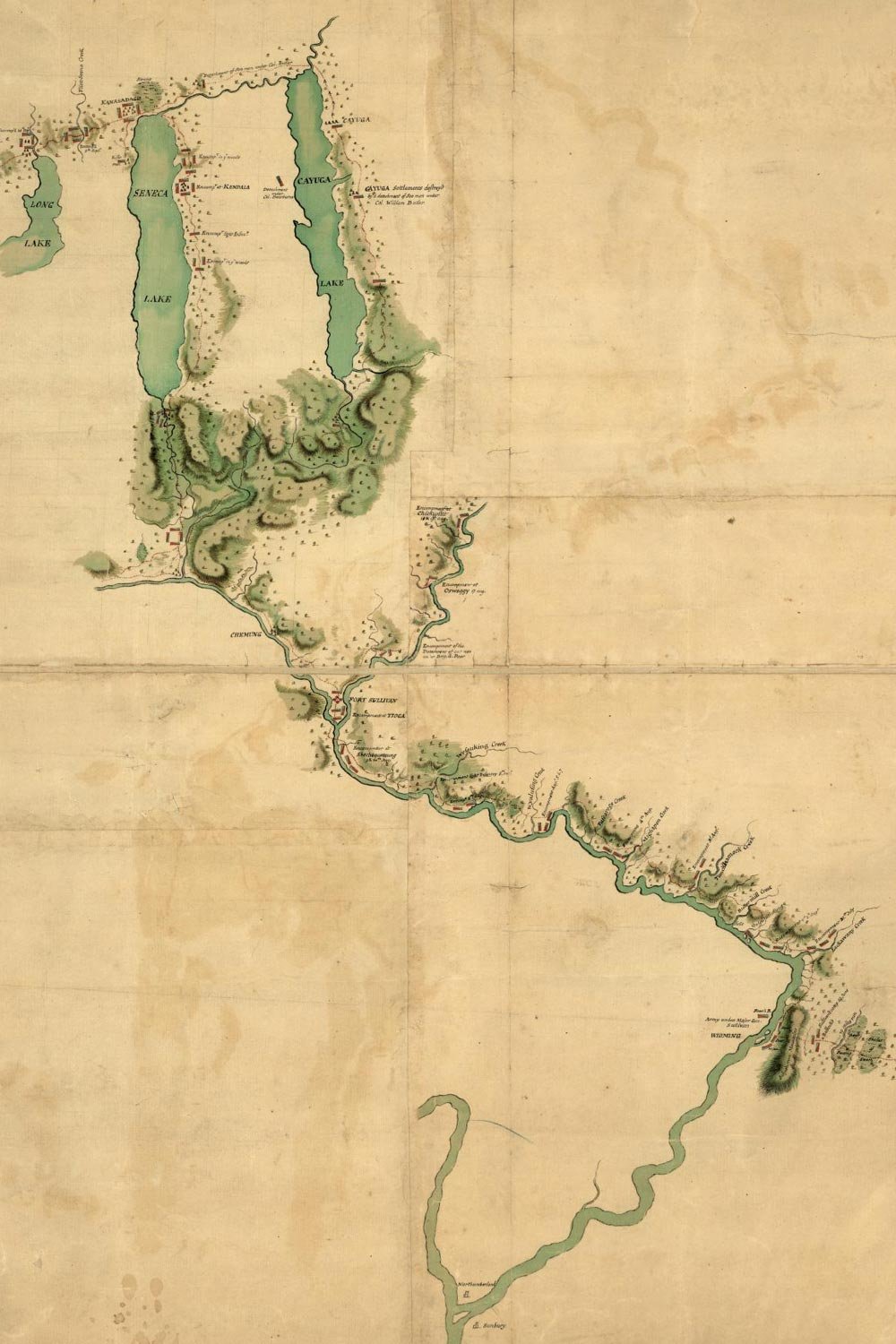




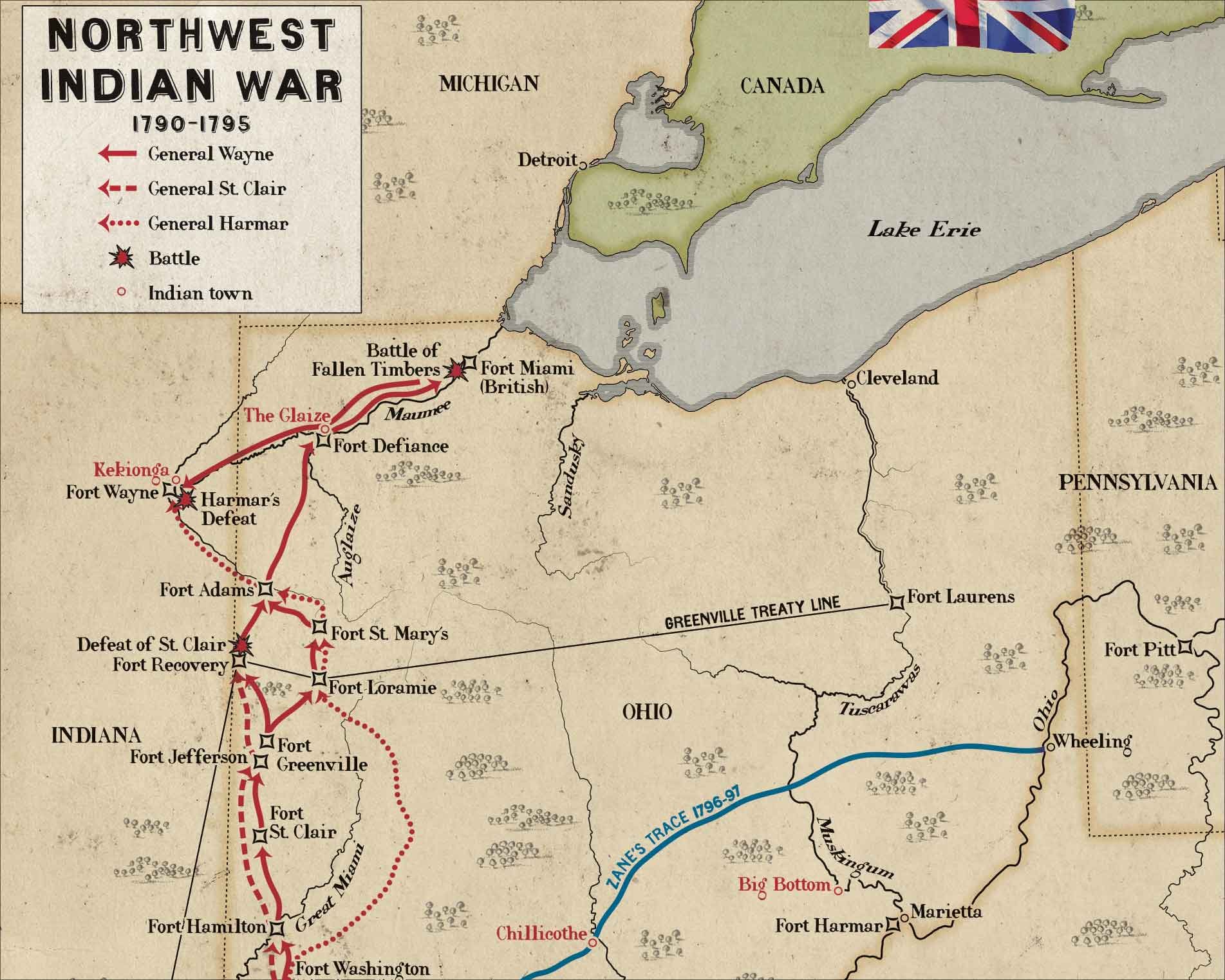
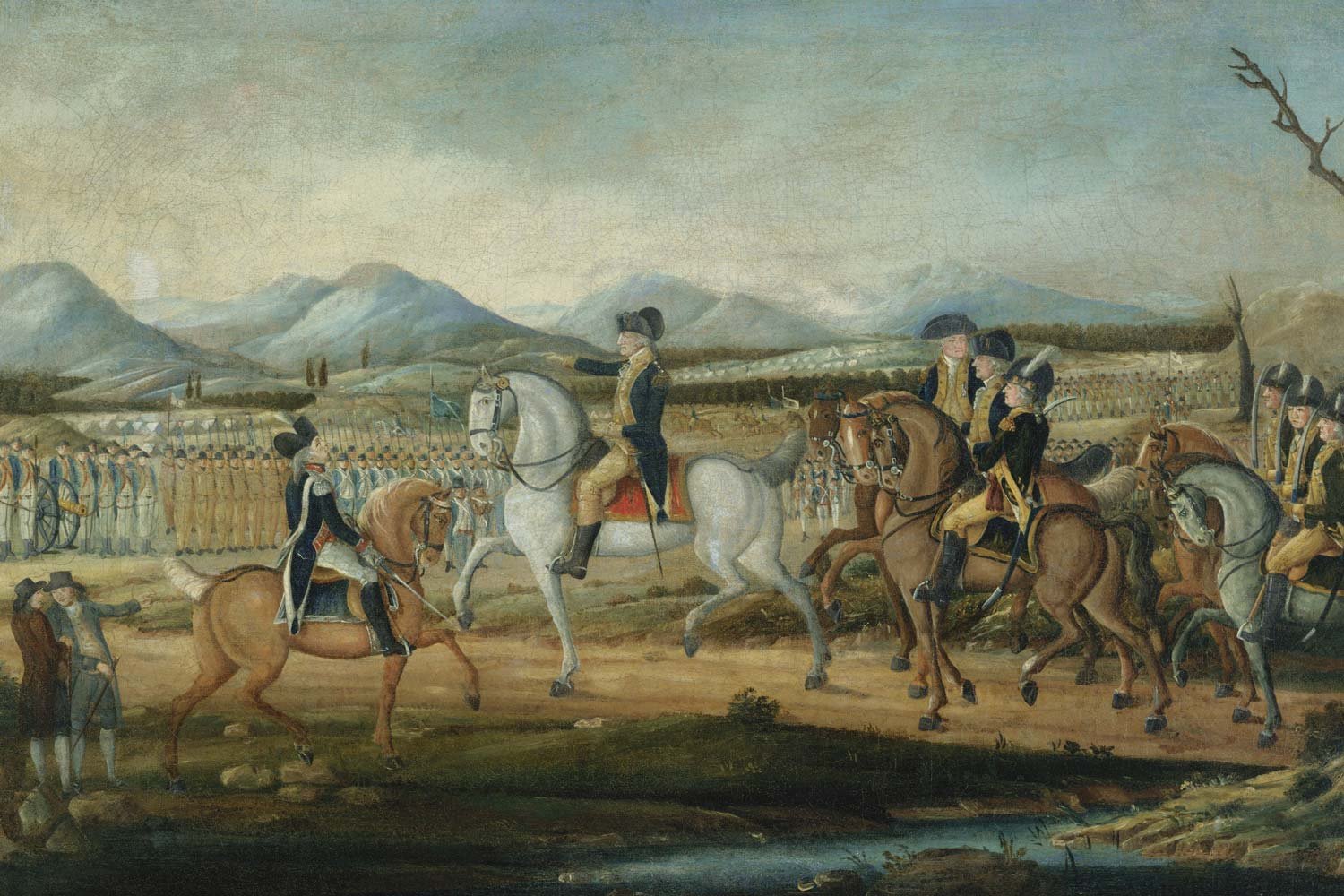
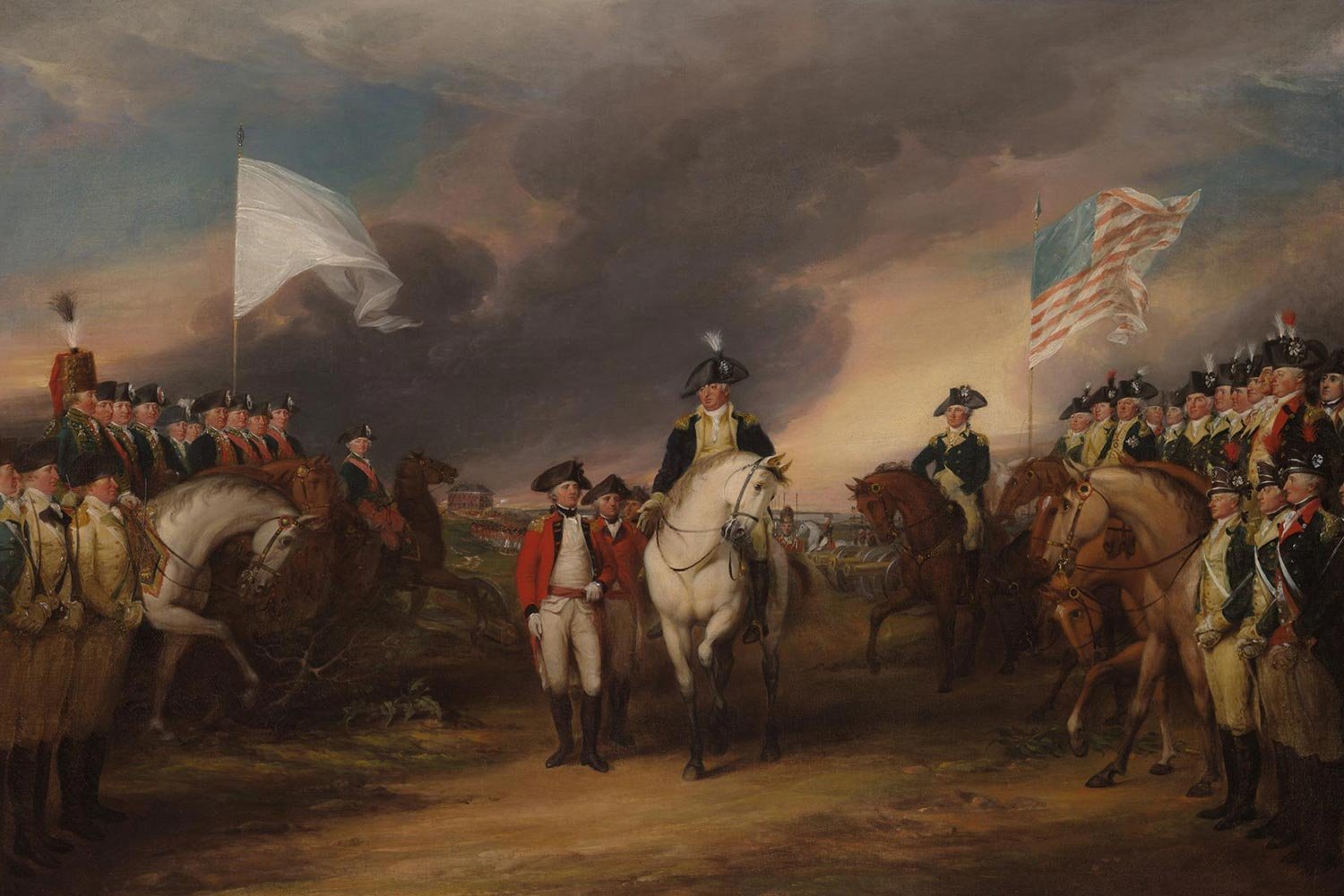
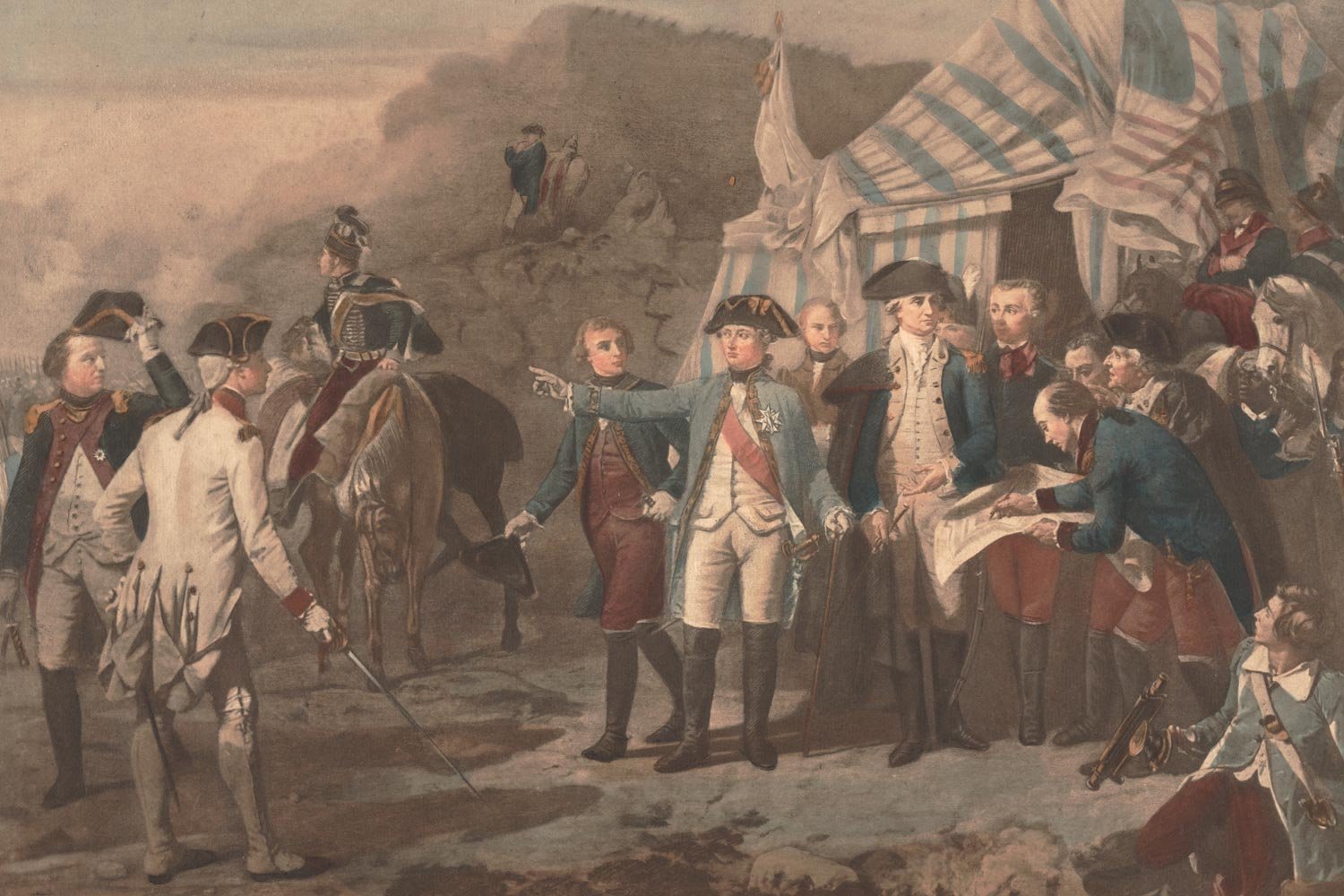
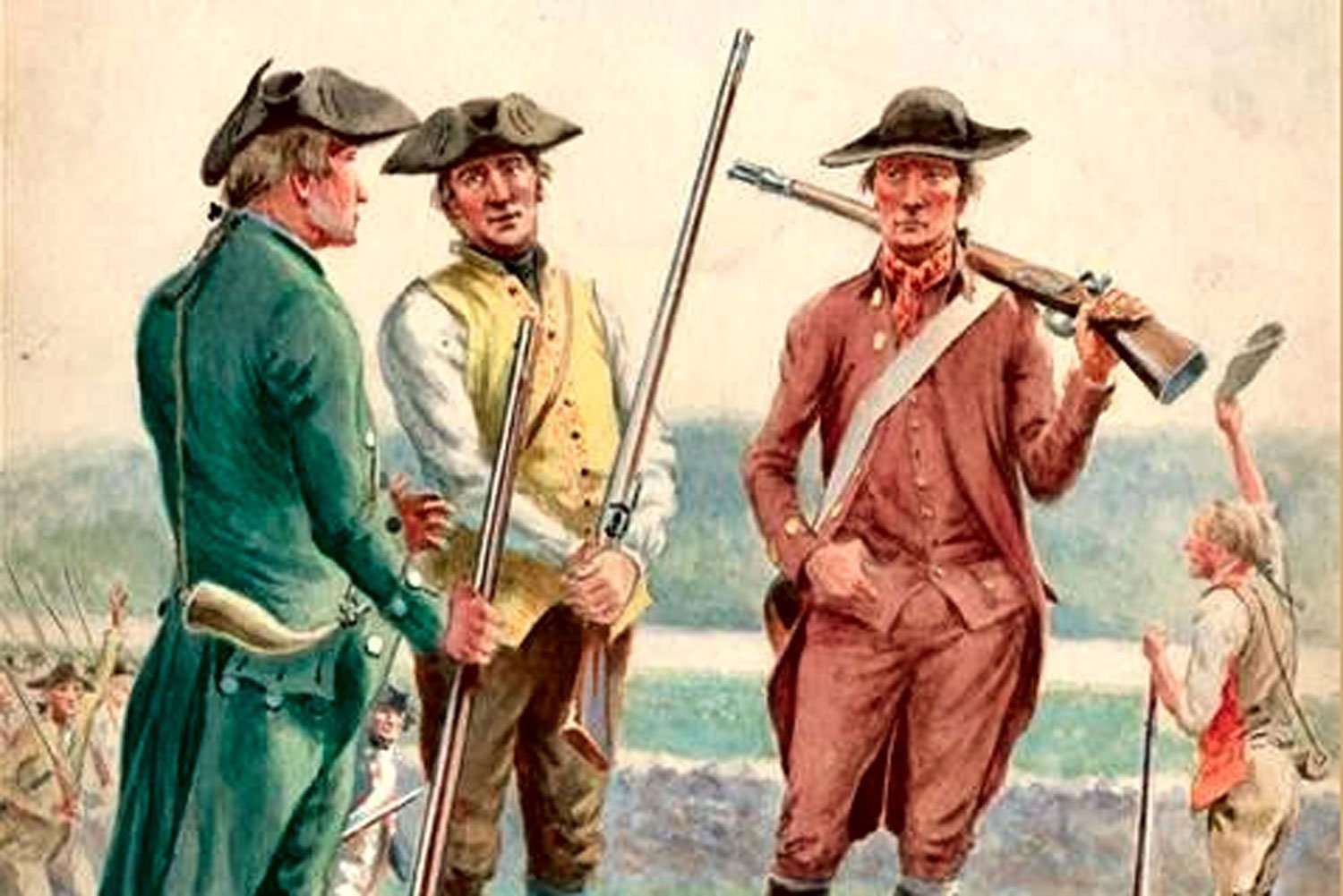
The only fighting in the Quasi-War occurred at sea, and mostly in the Caribbean. But with war at a fever pitch and French interests so close by in Louisiana, there was a very real concern in Congress about a possible French invasion of the United States from the west.